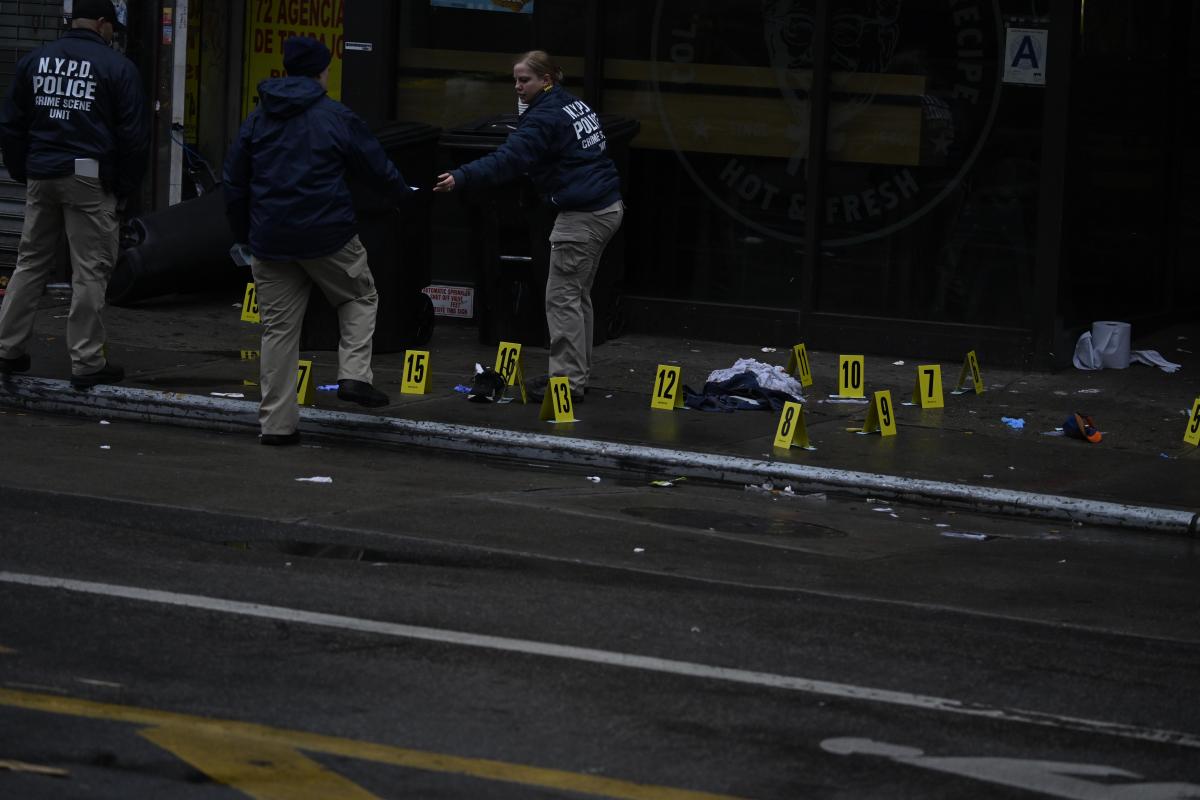By Alex Ginsberg
If you had all the money you needed, how would you use it to improve schools in southeast Queens?
Buy cellular telephones for teachers? Give parents time off from work to meet with teachers? Bring back wood shop?
Parents, teachers and community leaders suggested a handful of creative solutions during an April 3 education forum in Cambria Heights held by the Campaign for Fiscal Equity. But participants also took the opportunity to vent standard complaints about lax security, inadequate teacher pay and poor parental involvement.
The event was one of 12 forums that CFE is holding statewide as part of an effort to raise awareness of the disparities in public education funding.
In 1993, CFE brought suit against the state, alleging that its system for funding schools unconstitutionally deprived New York and other large cities of their fare share. CFE argued that although New York City accounted for 38 percent of the state's public school students, it received only 35 percent of the state's funds.
A judge's decision in 2001 in favor of CFE was overturned on appeal, and both sides are now awaiting a decision by the state's highest appellate court.
In the meantime CFE is going ahead with research necessary for devising a new system of education funding.
“Our first step is to determine the actual cost of providing a sound, basic education,” Michael Rebell, executive director and counsel for CFE, told the audience of about 50 people at Campus Magnet High School. In the past, he said, state education budgets had been determined by “three big men in a room” – a reference to Gov. George Pataki, Assembly Speaker Sheldon Silver (D-Manhattan) and Senate Majority Leader Joseph Bruno (R-Saratoga Springs) – with “no connection to actual need.”
So Rebell and CFE representatives are criss-crossing the state, asking residents from Buffalo to Westchester to Cambria Heights what their schools need and then putting a price tag on it.
“We need your input,” state Assemblywoman Barbara Clark (D-Queens Village) told those in attendance, before they split into three smaller discussion groups.
One of those discussion groups had no trouble agreeing that southeast Queens schools were not performing well.
“When I walked into District 29, I was shocked,” said Lascelles Aboagye, who moved to southeast Queens from Brooklyn and works in the public school system. He said the level of instruction and interest, both on the part of the students and the community, were appalling.
Fred Welfare, a science teacher at Humanities and the Arts Magnet HS, said the culture of the student body there made academic success something to be ashamed of.
“I see great freshmen,” he said, “and by junior year they've given up.”
But when it came time to discuss specific solutions, individual participants differed on what the most effective strategies were.
Nagassar Ramgarib, president of the Queens Village Civic Association, suggested that employers could be paid to give parents two hours off per semester so that they could meet with their children's teachers.
“That would be an incentive to get parents back into the system,” he said.
He also argued for more vocational education, like wood shop, so that students who are not successful academically can learn a trade.
Robert Bowen, a retiree and community activist, suggested schools adopt a strategy employed by a Bronx charter school.
“The Kipp Academy charter schools require their teachers to have cell phones,” he said, “and to let their students know and their parents know that they are accessible 24-7.”
Almost all agreed that higher pay and better training for teachers were necessary. That issue was particularly sensitive among residents of Cambria Heights, who were acutely aware that across the city line in Nassau County teachers can earn salaries that are as much as 30 percent higher.
There was consistent support as well for teacher mentoring programs, tighter security, high standards, smaller class size and enhanced pre-kindergarten.
And participants agreed that parental involvement had to be improved, a point that was particularly obvious because only three of the 15 in the group had children in the schools. Most of the attendees were teachers or community activists.
What the final cost of a good education will turn out to be when the Campaign for Fiscal Equity crunches the numbers is difficult to predict, Rebell said. In previous experiments, he said, Wyoming's cost-per-student jumped from roughly $5,000 to $8,000, but in Illinois, the numbers stayed about the same.
He said New York City was spending about $10,000 per student under the current system of funding, and that neighboring Nassau county was spending about $4,000 more.
Fred Welfare, the science teacher, also was not sure what the final number would turn out to be, but he had an idea.
“It's got to be at least four times more than the current,” he said. “You have to cut class size in half and then double the number of teachers in the room.”
Reach reporter Alex Ginsberg by e-mail at Timesledger@aol.com or call 718-229-0300, Ext. 157.






























